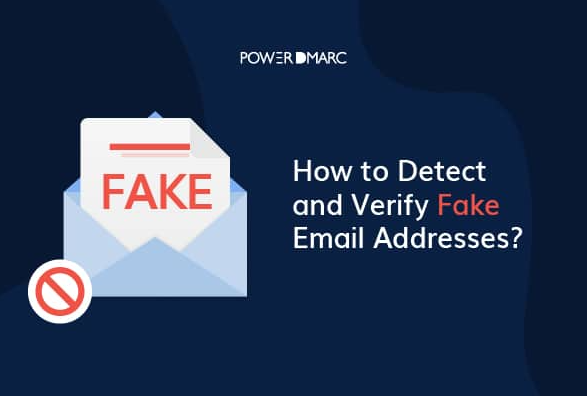This comprehensive guide will provide you with effective strategies to detect fraudulent email addresses. You’ll learn how to recognize common motives behind the use of fake emails, understand the potential risks of interacting with them, and discover techniques to examine email address structures, identify suspicious domain extensions, and spot unusual patterns. By the end of this article, you’ll be equipped with the knowledge to effectively identify and avoid fake email addresses, protecting yourself and your online activities.
Understanding Fake Email Addresses
Fake email addresses are often used for a variety of malicious purposes, such as spam campaigns, phishing attacks, identity theft, and other fraudulent activities. Understanding the common motives behind the use of fake emails can help you recognize and avoid potential threats.
Common Motives for Using Fake Emails
Some of the most common reasons for using fake email addresses include concealing the true identity of the sender, bypassing email filters and spam detection, and carrying out large-scale email-based scams. These email fraud motivations are often driven by the desire to hide the identity of the sender and engage in common fake email use cases, such as distributing malware, collecting personal information, or conducting phishing attacks.
Potential Risks of Interacting with Fake Emails
Interacting with fake email addresses can expose you to a range of potential risks, including the theft of personal information, financial losses, and the spread of malware. Responding to or clicking on links within fake emails can lead to the installation of malicious software, the compromise of your online accounts, and the loss of sensitive data. It’s crucial to be vigilant and avoid engaging with any suspicious email communications to protect yourself from these dangers of fake email communication and the consequences of engaging with fraudulent email addresses.
Fake Email Address
One of the key ways to spot a fake email address is to closely examine its structure. Look for unusual or inconsistent patterns in the username, domain, and other elements of the email address. This can include the use of random or nonsensical characters, multiple numbers or symbols, or domain names that don’t match the supposed sender’s identity or organization. By understanding the typical components of a legitimate email address, you can more easily identify suspicious or fraudulent variations.
Examining the Email Address Structure
Analyzing the email address structure can provide valuable clues about its authenticity. Pay attention to the username, which should be a logical representation of the sender’s name or organization. Beware of usernames that appear randomly generated, contain unusual characters, or seem disconnected from the domain. Additionally, scrutinize the domain portion of the email address, ensuring it aligns with the sender’s known identity or business.
Identifying Suspicious Domain Extensions
Another important factor in identifying fake email addresses is the domain extension used. While common top-level domains (TLDs) like .com, .org, and .edu are generally more trustworthy, be wary of unusual or uncommon domain extensions, such as .xyz, .biz, or country-specific TLDs that don’t match the sender’s location or organization. These types of domain extensions are often associated with fraudulent email activities and should be investigated further before engaging with the sender.
Checking for Misspellings and Unusual Patterns
Fake email addresses may also exhibit subtle signs of irregularity, such as misspellings, extra characters, or unusual patterns. Look for variations in capitalization, the presence of multiple numbers or symbols, and inconsistencies in the overall structure of the email address. These types of anomalies can be strong indicators that the email address is not legitimate and should be approached with caution.
Conclusion
In conclusion, this guide has provided you with a comprehensive understanding of how to effectively spot and avoid fake email addresses. By recognizing the common motives for using fraudulent emails, such as concealing the true identity of the sender or carrying out large-scale email-based scams, you can better understand the potential risks of interacting with them. Furthermore, by mastering techniques to analyze email address structures, identify suspicious domain extensions, and spot unusual patterns, you can significantly reduce the likelihood of falling victim to email-based scams and fraudulent activities.
The key takeaways for spotting fraudulent emails include closely examining the email address structure, being wary of uncommon domain extensions, and identifying misspellings or unusual patterns. Maintaining a vigilant approach and verifying the legitimacy of any email communications before engaging is crucial in protecting yourself and your online presence. Remember, the importance of being vigilant against email fraud cannot be overstated, as the consequences of falling for these scams can be far-reaching, from the theft of personal information to financial losses and the spread of malware.
By incorporating the strategies outlined in this guide, you can empower yourself to navigate the digital landscape with increased confidence, safeguarding your online activities and minimizing the risk of falling prey to email-based fraud. Stay vigilant, verify, and trust your instincts – these are the keys to effectively spotting and avoiding fake email addresses in the digital age.

